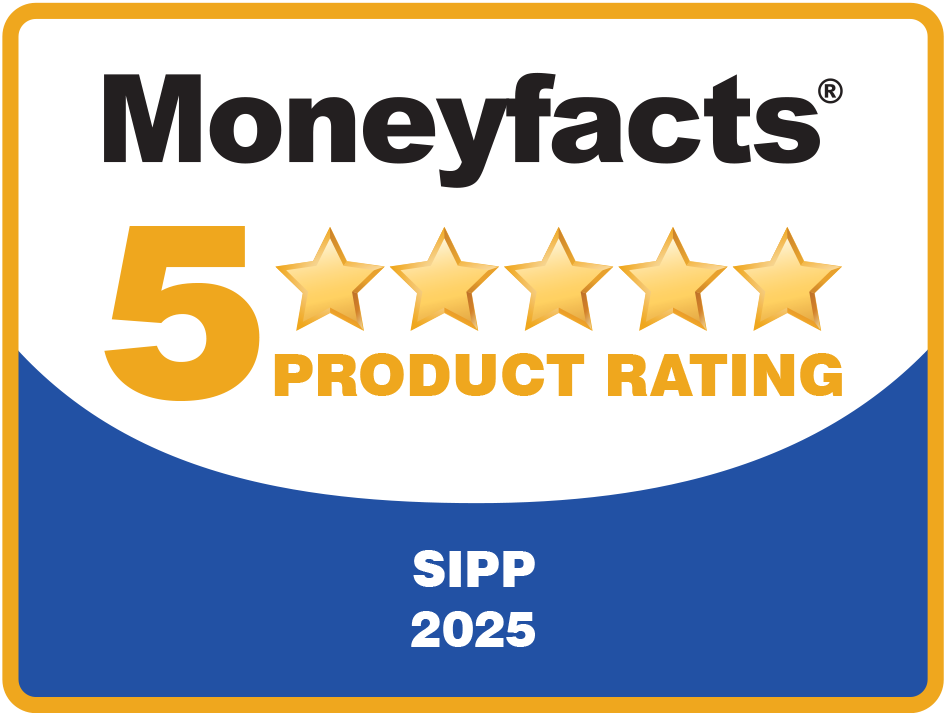How to use “carry forward” to maximise your client’s pension tax relief (and deal with Annual Allowance issues)
As we enter a new year, January is usually a busy month for IPM. We see an increase in contributions made to SIPPs at this time of year, usually driven by 31 January being the year end for many companies.
As we are now well into January, here’s a reminder of some key areas to remember when it comes to making pension contributions.
Personal contributions
It is well known that contributions to pension schemes such as SIPPs can be very tax-advantageous, especially where an individual makes the payment personally.
- For personal contributions made by individuals under the age of 75, the tax relief available is at an individual’s marginal tax rate, either 20%, 40% or 45%.
- A pension provider will reclaim 20% tax relief directly from HMRC on a client’s behalf.
- Any additional or higher-rate tax relief due needs to be reclaimed by the individual personally.
- An individual can personally make a gross contribution of up to 100% of their earnings or the Annual Allowance, if lower, for the tax year in which the contribution is made.
Despite this, it was a surprise for us to read in the Telegraph recently that 8 in 10 higher-rate taxpayers did not claim their additional pension tax relief in 2018/19. That amounts to just over 1 million people missing out on £810 million of relief.
An example
An individual earning £60,000 in the 2021/22 tax year is entitled to reclaim tax relief on a personal contribution of 40%.
That individual wants to make a gross contribution of £20,000 to their SIPP. The SIPP provider reclaims 20% tax relief of the gross contribution, equivalent to £4,000. Therefore, the individual only needs to make a payment of £16,000 to their SIPP.
The individual then needs to reclaim the additional 20% higher-rate relief (in this instance £1,946) within four years. Otherwise, it is, in effect, lost.
So, not only is the advice around making the contribution important, but so is checking that your client is claiming any additional tax relief they are entitled to.
Clients can claim tax relief online through self-assessment. The tax relief will then be applied by:
- A rebate at the end of the tax year
- A reduction in the individual’s tax liability
- A change to their tax code.
Alternatively, individuals can contact their HMRC tax office in writing detailing the contributions that they have paid.
Employer contributions
While the tax benefits for employer contributions differ from personal contributions, these can still be attractive:
- Employer contributions are paid gross. No tax relief is reclaimed, and the amount paid is usually not subject to Corporation Tax or National Insurance. These contributions are deducted as a business expense when calculating profits.
- To be treated as a business expense, any payment needs to satisfy the “wholly and exclusively” test for the purposes of the employer’s trade or business. The company accountant will be able to assist with this.
- Although there is no test against earnings for employer contributions, clients are still restricted by the Annual Allowance available to an individual and advice from the company accountant should be sought.
For most businesses, the money needs to be out of the company bank account and with the pension provider before the year end for a pension contribution to count as a business expense during the company year.
While this is clear for payments made by bank transfer, any contributions still made by cheque need to make sure they clear, otherwise the payment may not be able to be attributed to that company year.
You recently read about the impact of the upcoming National Insurance rate rise and how employer pension contributions can assist with this. These changes give an opportunity for you to look at employer pension contributions as part of your discussions with your clients.
Annual Allowance, carry forward and the Tapered Annual Allowance
Returning to an earlier point, for personal contributions in order to obtain full tax relief, an individual is able to contribute up to 100% of their earnings or the Annual Allowance, whichever is the lower.
For employer contributions, providing that the contribution can be deemed “wholly and exclusively”, the other consideration is the level of the Annual Allowance.
The level of Annual Allowance has changed significantly since pension simplification back in April 2006, from a high of £255,000 in 2010/11 to the current level of £40,000 in 2021/22. The Annual Allowance is specific to an individual and applies to payments or benefit accrual for any pension arrangements on that person’s behalf.
Any contributions paid over the Annual Allowance are liable to a tax charge. This is a percentage levied on the pension input that exceeds the Annual Allowance.
Whether the contributions have been personal, paid by an employer, or they are as a result of benefit accrual in defined benefit arrangements, the liability for settling any Annual Allowance tax charge lies with the individual. The amount charged depends on the individual’s income tax rate (20%, 40% or 45%).
Carry forward
There is the potential for clients to carry forward any unused Annual Allowance from the previous three tax years, potentially giving an Annual Allowance of £160,000.
It is important to remember, however, that in order to carry forward Annual Allowance an individual must be a member of any pension scheme for the year they wish to carry forward from.
Tapered Annual Allowance
Although it will not affect many clients, the Tapered Annual Allowance still needs to be taken into consideration. From 6 April 2020, the Tapered Annual Allowance applies for individuals with “threshold income” of over £200,000 and “adjusted income” of over £240,000.
The taper sees an individual’s Annual Allowance reduced by £1 for every £2 of adjusted income over £240,000. The minimum Annual Allowance will be £4,000.
The question of “what is threshold and adjusted income?” is one advisers and planners ask us frequently.
Broadly, threshold income is defined as an individual’s net income including salary, bonuses, rental income dividends, and pension contributions paid through salary sacrifice. Adjusted income then adds in the value of employer contributions – this is to stop people avoiding the lower Annual Allowance by exchanging salary for pension contributions.
Full definitions of both are beyond what we are covering here. However, you can find more details about the Tapered Annual Allowance on the HMRC website.
Don’t leave contributions until the last minute
While most clients make contributions ahead of any deadlines, we still receive many calls saying that a client wishes to make a contribution before their company year end… which happens to be tomorrow!
Of course, we will always assist where we can. However, it’s worth remembering that we do have paperwork requirements that have to be met to deem a contribution as received, and the money needs to be paid into the trustee bank account.
While our move to electronic signatures should help with this, it still doesn’t mean that payments should be left to the last minute!
Get in touch
If you want to have a chat about maximising your client’s pension contributions, or any other aspects of pension planning, please contact us. Email info@ipm-pensions.co.uk or call 01438 747 151.



